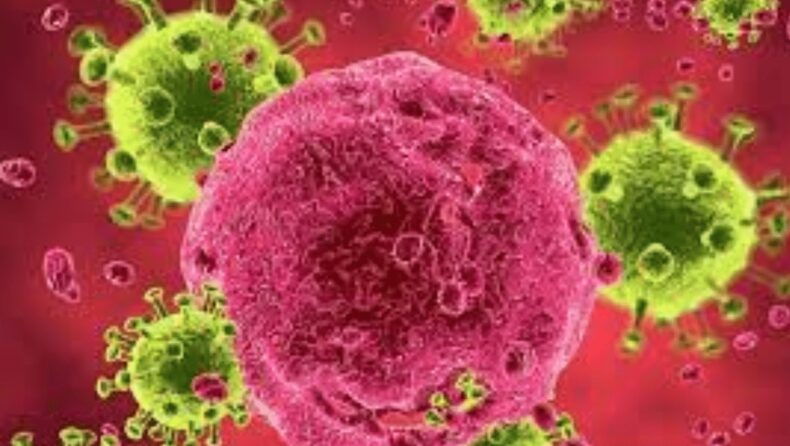A 53-year-old German man has become at least the third person with HIV to be declared HIV-free after having his bone marrow cells replaced with HIV-resistant stem cells from a donor.
Table of Contents
Antiretroviral therapy (ART) has been given to HIV patients for a long time with the goal of reducing the virus to levels that are almost undetectable and stopping its spread to others. The immune system, on the other hand, keeps the virus in reservoirs all over the body. If a person stops taking antiretroviral medication, the virus may start to reproduce and spread.
The most recent patient, whose name has not been released, appears to have experienced a true cure, which would eliminate this reservoir. The man, known as the “Düsseldorf patient,” stopped taking antiretroviral therapy (ART) in 2018 and hasn’t caught HIV since.
The involved stem-cell technique was first used on Timothy Ray Brown, also known as the Berlin patient. He had a bone marrow transplant in 2007 to treat his acute myeloid leukemia, in which the cancerous cells were removed and replaced with stem cells from a healthy donor. The team treating Brown chose a donor with the genetic mutation CCR532/32, which prevents the CCR5 cell-surface protein from being expressed on the cell surface.
The mutation effectively makes immune cells immune to the virus because HIV enters immune cells through that protein.
After the procedure, Brown was able to stop taking ART and remain HIV-free until his death in 2020.
Adam Castillejo, a London patient, appeared to have recovered from the treatment, according to the findings of researchers in 2019. In addition, researchers announced in 2022 that, even though it was still too early to say for sure, they believed a New York patient who had been HIV-free for 14 months might also be cured.
The most recent study “cements the fact that CCR5 is the most tractable target for achieving a cure right now,” according to microbiologist Ravindra Gupta, who led the Castillejo treatment team.
After receiving a stem cell transplant from a donor who was naturally resistant to the AIDS virus, a leukemia patient in the United States became the first woman and the third person to ever be cured of HIV, according to a study published on Tuesday.
The mixed-race middle-aged woman’s case, which was presented at the Denver Conference on Retroviruses and Opportunistic Infections, is also the first to use umbilical cord blood, a more recent approach that may make the treatment more accessible to more people.
Since receiving cord blood to treat her acute myeloid leukemia, cancer that begins in blood-forming cells in the bone marrow, the woman has been in remission and virus-free for 14 months. Her HIV infection has not necessitated the use of powerful antiretroviral medication.
The two previous cases involved males who had received adult stem cells, which are more frequently used in bone marrow transplants. One of the men was white, and the other was of Latino descent.
“This is now the third report of a cure in this setting, and the first in a woman living with HIV,” International AIDS Society President-Elect Sharon Lewin said in a statement.
A larger, U.S.-backed study that includes the case is being led by Drs. Yvonne Bryson, of the University of California, Los Angeles (UCLA), and Deborah Persaud, of the Johns Hopkins University in Baltimore. It intends to follow 25 HIV-positive individuals who undergo a transfer with umbilical string blood-derived foundational microorganisms for disease treatment and other challenging circumstances.













